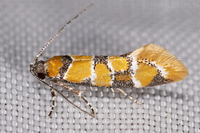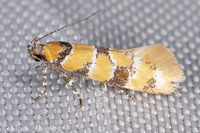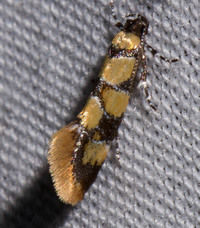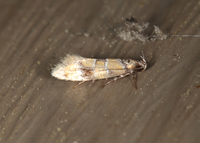
| Recorded by: Jim Petranka on 2025-05-16
Madison Co.
Comment: | 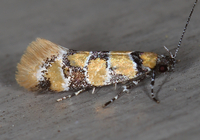
| Recorded by: Jim Petranka on 2025-05-01
Madison Co.
Comment: |
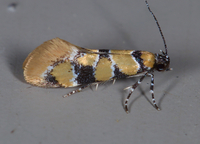
| Recorded by: Jim Petranka on 2025-04-26
Madison Co.
Comment: | 
| Recorded by: K. Bischof on 2025-04-19
Chatham Co.
Comment: |
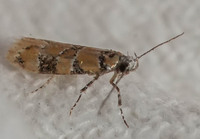
| Recorded by: Chuck Smith on 2025-04-16
Bladen Co.
Comment: | 
| Recorded by: John Petranka, Jim Petranka, Becky Elkin on 2025-04-14
Bladen Co.
Comment: |
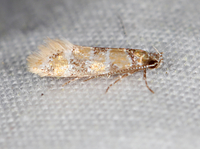
| Recorded by: Jim Petranka, John Petranka and Becky Elkin on 2025-04-14
Bladen Co.
Comment: | 
| Recorded by: Mark Shields on 2025-04-04
Onslow Co.
Comment: |

| Recorded by: Mark Basinger on 2025-03-28
Brunswick Co.
Comment: | 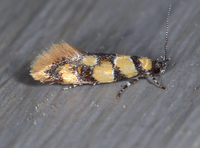
| Recorded by: Jim Petranka on 2024-05-27
Madison Co.
Comment: |
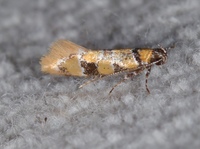
| Recorded by: Jim Petranka on 2024-05-20
Madison Co.
Comment: | 
| Recorded by: K. Bischof on 2024-05-12
Transylvania Co.
Comment: |
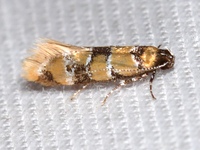
| Recorded by: Jim Petranka on 2024-05-07
Madison Co.
Comment: | 
| Recorded by: K. Bischof on 2024-05-07
Transylvania Co.
Comment: |
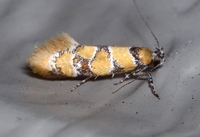
| Recorded by: Jim Petranka on 2024-05-05
Madison Co.
Comment: | 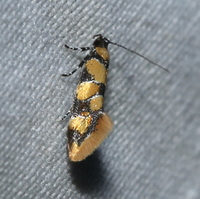
| Recorded by: David George, Stephen Dunn, Jeff Niznik on 2024-04-29
Chatham Co.
Comment: |
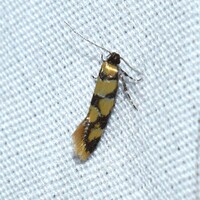
| Recorded by: David George, Stephen Dunn, Jeff Niznik on 2024-04-29
Chatham Co.
Comment: | 
| Recorded by: Jim Petranka on 2024-04-29
Madison Co.
Comment: |
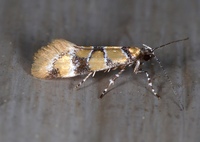
| Recorded by: Jim Petranka on 2024-04-23
Madison Co.
Comment: | 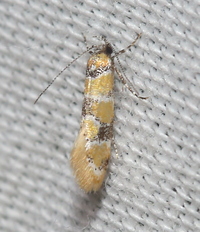
| Recorded by: David George, Jeff Niznik, Rich Teper on 2024-04-16
New Hanover Co.
Comment: |
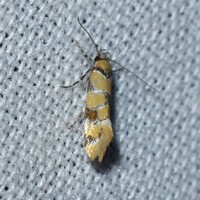
| Recorded by: David George, Jeff Niznik, Rich Teper on 2024-04-16
New Hanover Co.
Comment: | 
| Recorded by: Stephen Hall on 2024-04-14
Orange Co.
Comment: |
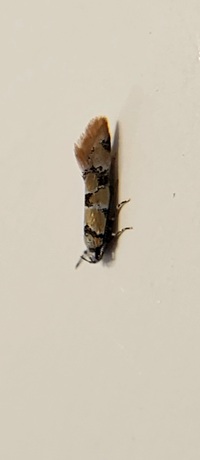
| Recorded by: Mark Basinger on 2024-04-06
Brunswick Co.
Comment: | 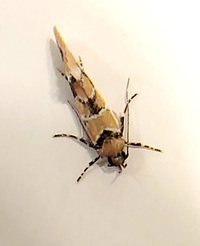
| Recorded by: Mark Basinger on 2024-04-05
Brunswick Co.
Comment: |
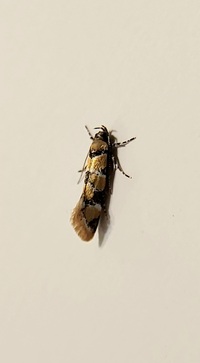
| Recorded by: Mark Basinger on 2024-04-05
Brunswick Co.
Comment: | 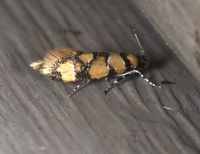
| Recorded by: Jim Petranka on 2023-06-06
Madison Co.
Comment: |
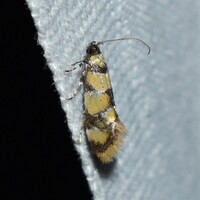
| Recorded by: David George, Stephen Dunn, Jeff Niznik on 2023-06-03
Orange Co.
Comment: | 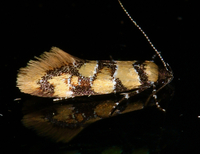
| Recorded by: Jim Petranka on 2023-06-02
Madison Co.
Comment: |

| Recorded by: Stephen Dunn on 2023-05-15
Orange Co.
Comment: | 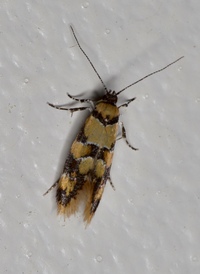
| Recorded by: Stephen Dunn on 2023-05-15
Orange Co.
Comment: |
|

 »
»